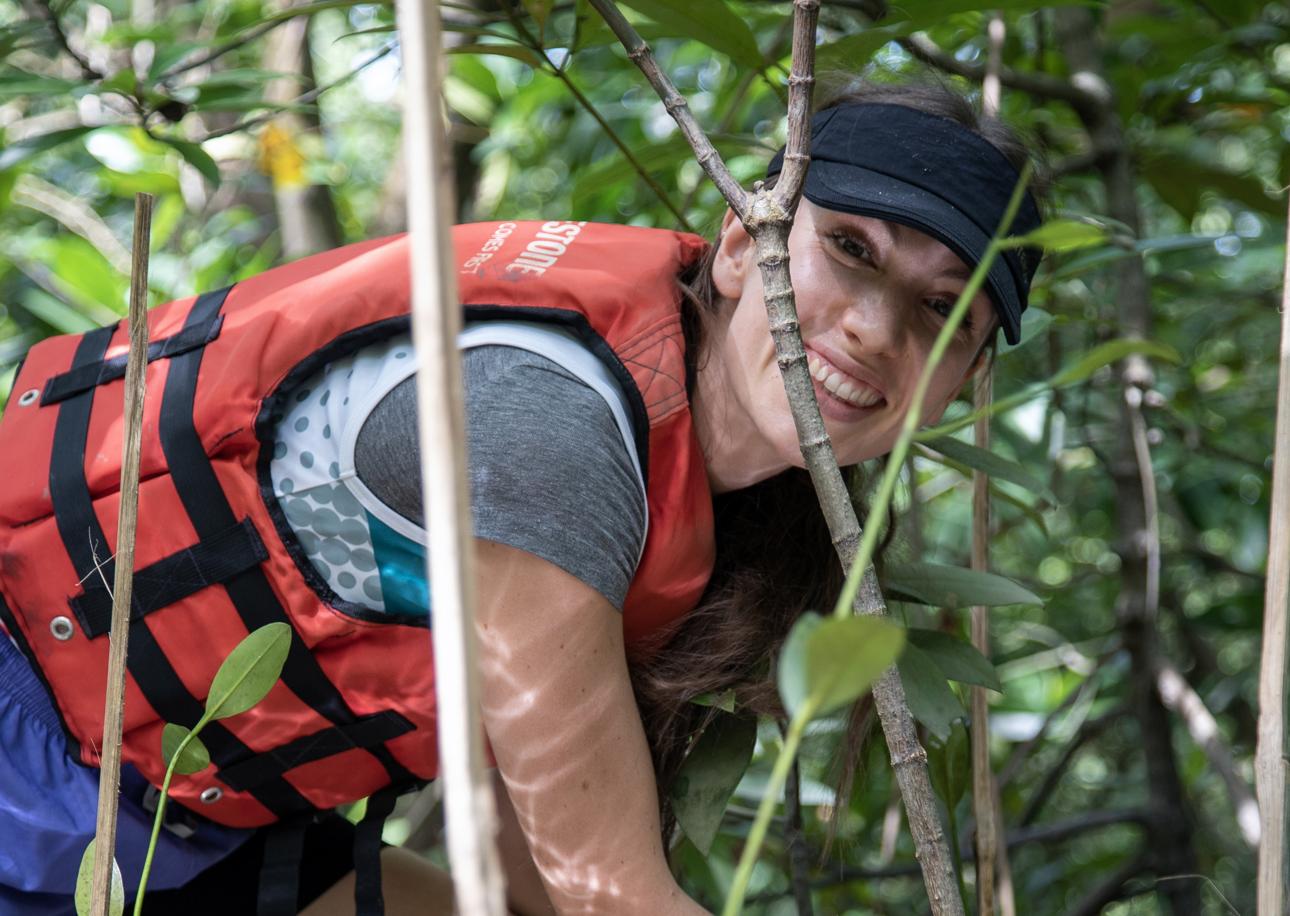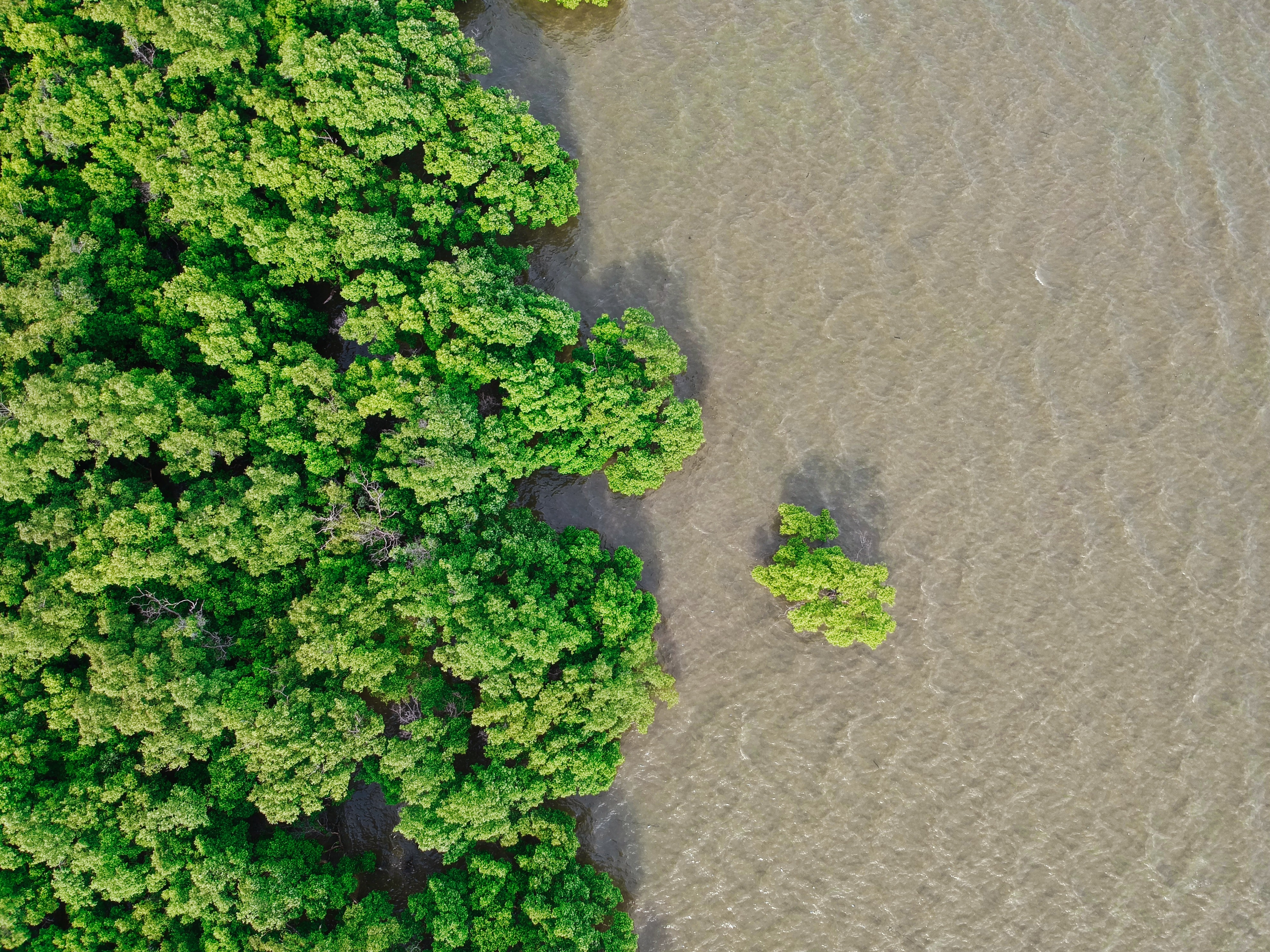A Peek into Thailand’s Hottest Star’s World: 10 Facts You Should Know About Freen
Get an exclusive peek into the world of Freen Sarocha: uncover 10 facts ...

Mangroves should be known as the mothers of Thailand’s aquatic environments. As exceptional protectors of our ecosystems, pointing to their productivity as carbon sinks. In the last 40 years, however, mangrove populations in Thailand have shrunken from 2 million to 1.5 million rai, Thai ecologist Thon Thamrongnawasawat deplored. Deforestation and shrimp farming are both culprits for the depletion of this vegetation, and just as children without a nurturing mother or parent will experience difficulties sustaining themselves, Thailand’s coastal ecosystems are suffering in the absence of mangroves. Luckily, there are those taking action to restore the dwindling number of mangroves in Thailand.
Activists gather to plant mangroves on December 4, 2022
On December 4, 2022, 100 individuals participated in a mangrove restoration event at Khlong Khon Mangrove Conservation Centre. What stood out about this event is the particular attention brought to mangroves through the voices and actions of different people. Locals, expats, teachers, and children gathered to plant over 3,000 mangrove saplings, in an effort to give back to our wildlife. Among the participants was vegan activist duo, Root The Future, who also organised plant-based meals for all the volunteers, keeping in line with the day’s theme of small actions to reduce impact on the planet.
Mangroves are one of the most formidable fighters against climate change. Known as a keystone species, Emma Aronson, UCR environmental microbiologist, also shares, “What’s special about these mangrove sites isn’t that they’re the fastest at carbon storage, but that they have kept the carbon for so long.” According to a study, the destruction of mangrove forests is responsible for 10% of global CO2 emissions, 240 million tons of CO2 per year. As deforestation, coastal construction—and in relation to Thailand—shrimp farming prevails, the decline in mangrove populations will only continue.

A mangrove forest in Samut Prakan
Excess carbon in our atmosphere is a primary factor for rising temperatures (global warming), higher levels of ocean acidification, and increasing toxicity within the air we breathe. From 1961 to 1996, it had reported Thailand had lost 56% of its mangrove forests due to the expansion of shrimp and salt farms. The recent planting event, therefore, is a stepping stone in the right direction for Thailand’s environment, enabling higher levels of carbon sequestration while also continuing to filter the banks of toxic nitrates and providing infrastructure and protection to our coastal species. It is necessary to protect mangroves, knowing that an average of 2.3 million tons of seafood is consumed in a year in Thailand and that 20% of Thailand’s total food product exports consist of seafood.
Such an immensely positive impact on Thailand’s environment by the hands of just a small number of people evokes hope for an eco-friendly change and sets a precedent for those who are yet to get up on their feet and make a change. As the year 2023 has just begun, how will you notice nature’s caretakers, give back and protect our environment in the same ways it has given sanctuary to us for thousands of years?
Get an exclusive peek into the world of Freen Sarocha: uncover 10 facts ...
In a cinematic landscape saturated with remakes, reboots and sequels, you might ...
These top 5 barber shops in Bangkok are where gentlemen can elevate ...
While traditional TV shows are serving us endless boy-meets-girl tales. Thailand has ...
Pets, as cherished members of our families, deserve rights and protections that ...
The internet makeup obsession straight out of Bangkok’s streets! Thai makeup zeroes ...
Wee use cookies to deliver your best experience on our website. By using our website, you consent to our cookies in accordance with our cookies policy and privacy policy